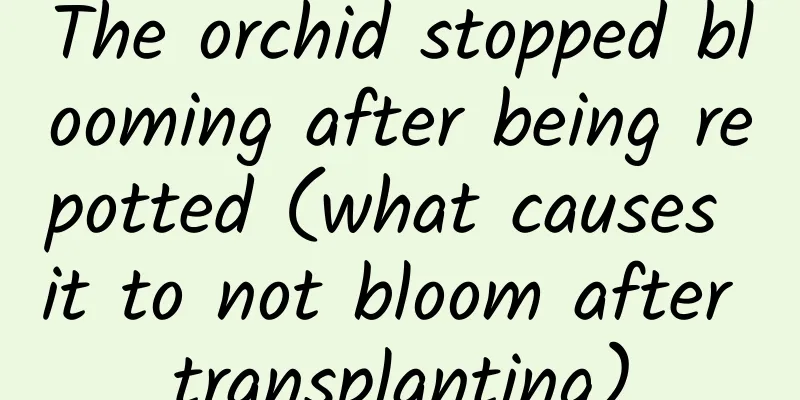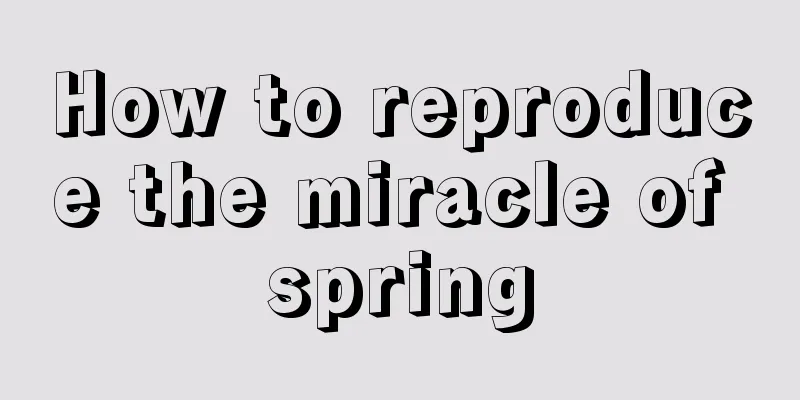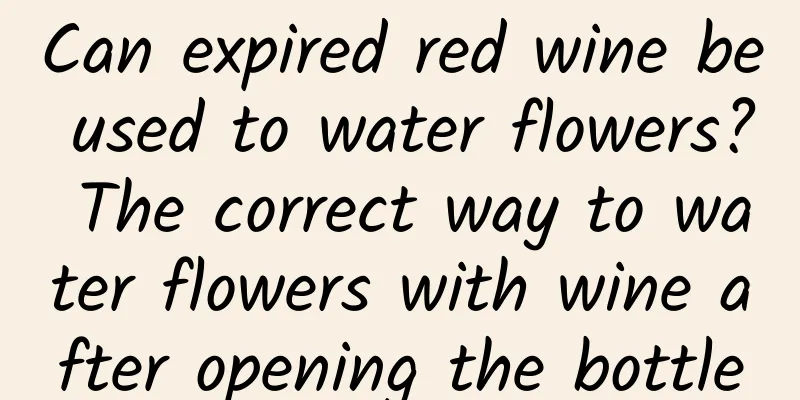The orchid stopped blooming after being repotted (what causes it to not bloom after transplanting)

Why does the orchid not bloom after being divided into pots?To analyze such a problem, we must first make sure that the orchid that was divided did not fail to bloom during the previous maintenance. This includes the application of planting materials, environment, and the supply of nutrients and water are all in a relatively suitable condition. The following are the possible reasons why the plant does not bloom after division: Division timing issues:For winter-blooming orchids, it takes at least three months from the formation of flower buds to winter flowering. Flowering requires a long period of nutrient accumulation. When nutrients are insufficient, it is difficult to bloom. This involves the issue of the timing of division. In summer, many orchids will enter a dormant period. When the temperature reaches a suitable growth time, they will wake up and start normal growth and development. After waking up, the orchids will start preparing to grow flowers. Then the time for dividing the pots should be a little earlier, and the division should be carried out as long as the temperature is suitable. Because orchids need a period of acclimatization after division. If the division is too late, the root system's ability to absorb nutrients will be suspended. If the best time for flowering is missed, then the orchid may not bloom. Problems with new and old plants:When dividing orchids, pay attention to the matching of new and old plants. If the old orchid plant has already bloomed that year, it may enter a flowering period. Just like a fruit tree's bumper year, if it reaches a bumper year this year, it may not bear fruit next year, or bear less fruit. The same is true for old orchid plants. Then the new seedlings will also have a lifespan issue. To maintain a healthy orchid, it takes about 2 to 3 years for the new buds to grow and bloom, provided that they are not divided or repotted during this period. Because division and repotting require a relatively long acclimatization period. If we happen to be in the year of good and bad growth of old seedlings and the year of new seedlings is insufficient, then it is very likely that they will not bloom. |
Recommend
Spring pruning of clematis
1. Spring Flower Micro-pruning It is not suitable...
How many kilograms of Pu Lugua can be produced per mu? The yield of Pu Lugua grown in a greenhouse
Yield of Pu Lugua per mu Pulu melon refers to gou...
What is the best way to fertilize chestnut trees (what fertilizer to apply after chestnut harvest for high yield)
Chestnut is a fruit tree native to my country wit...
How many years does it take for the yellow crystal fruit to bear fruit?
The results of Huangjing fruit planting for sever...
What are the varieties of Buddha's hand?
Guangdong large-fruited bergamot The tree is tall...
How to grow Anthurium in winter
1. Temperature For the cold winter, the most impo...
How to plant sugarcane and when to plant it
1. Planting time It is usually planted in spring ...
Common Pests of Tiger Flower and Their Control Methods
Common pests of tiger flower: leaf beetles Pest s...
What to do if camellia leaves curl and dry up
1. Disease problem (1) Specific reason: This plan...
How to grow dahlias and what to pay attention to
Dahlias, also known as globe amarans , are known ...
Is the Tower of Ashina in bloom?
Is the Tower of Ashina in bloom? The Tower of Red...
This flower is a "living air conditioner", it can remove dust, prevent noise and reduce temperature, it can't be stopped from growing all over the wall!
What does it look like when ivy grows wildly? Ivy...
Jade butterfly blooms?
Jade butterfly blossoms The flowers of the Jade B...
Pomegranate flower diseases and prevention methods
Pomegranate flower dry rot symptom Dry rot can oc...
How to remove woodlice in flower pots
1. How to remove 1. Spray medicine to remove: If ...









